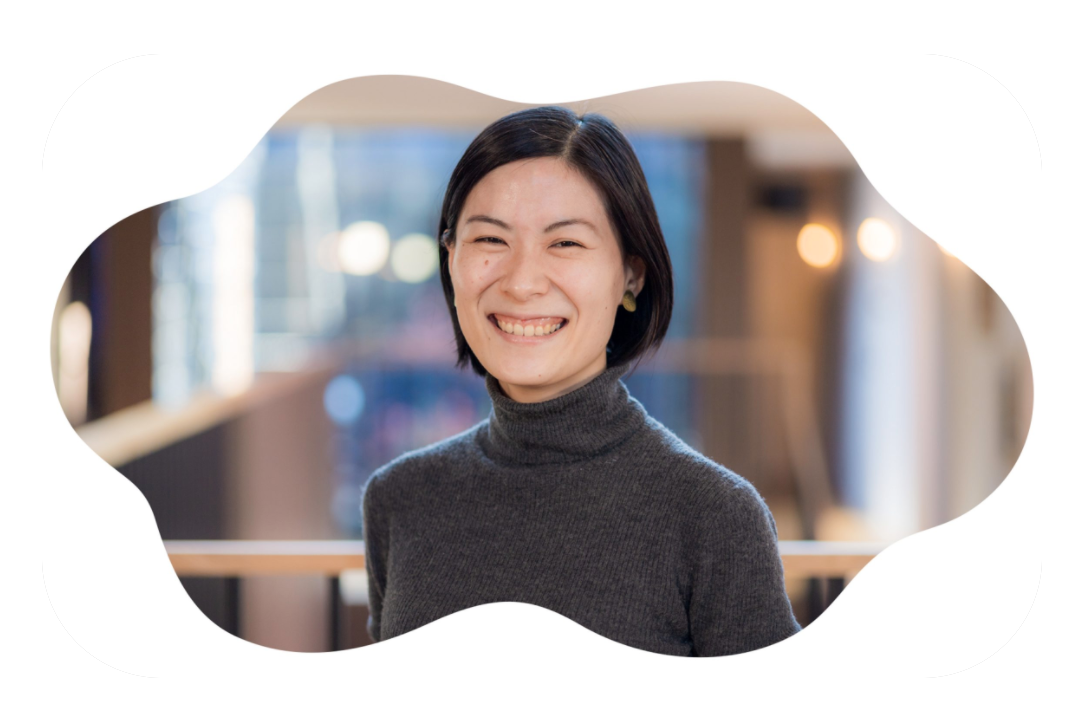

ー
When did you first become interested in environmental issues?
Ms. Sakano
People often ask me, “How did you get interested in waste?” but to be honest, I didn’t start out with an interest in waste. I first got passionate about protecting endangered wildlife species. I got into waste only later, when I was studying environmental policy and environmental law at university. “Rights of nature” means that animals and plant have rights too. I studied how to protect them using the law.
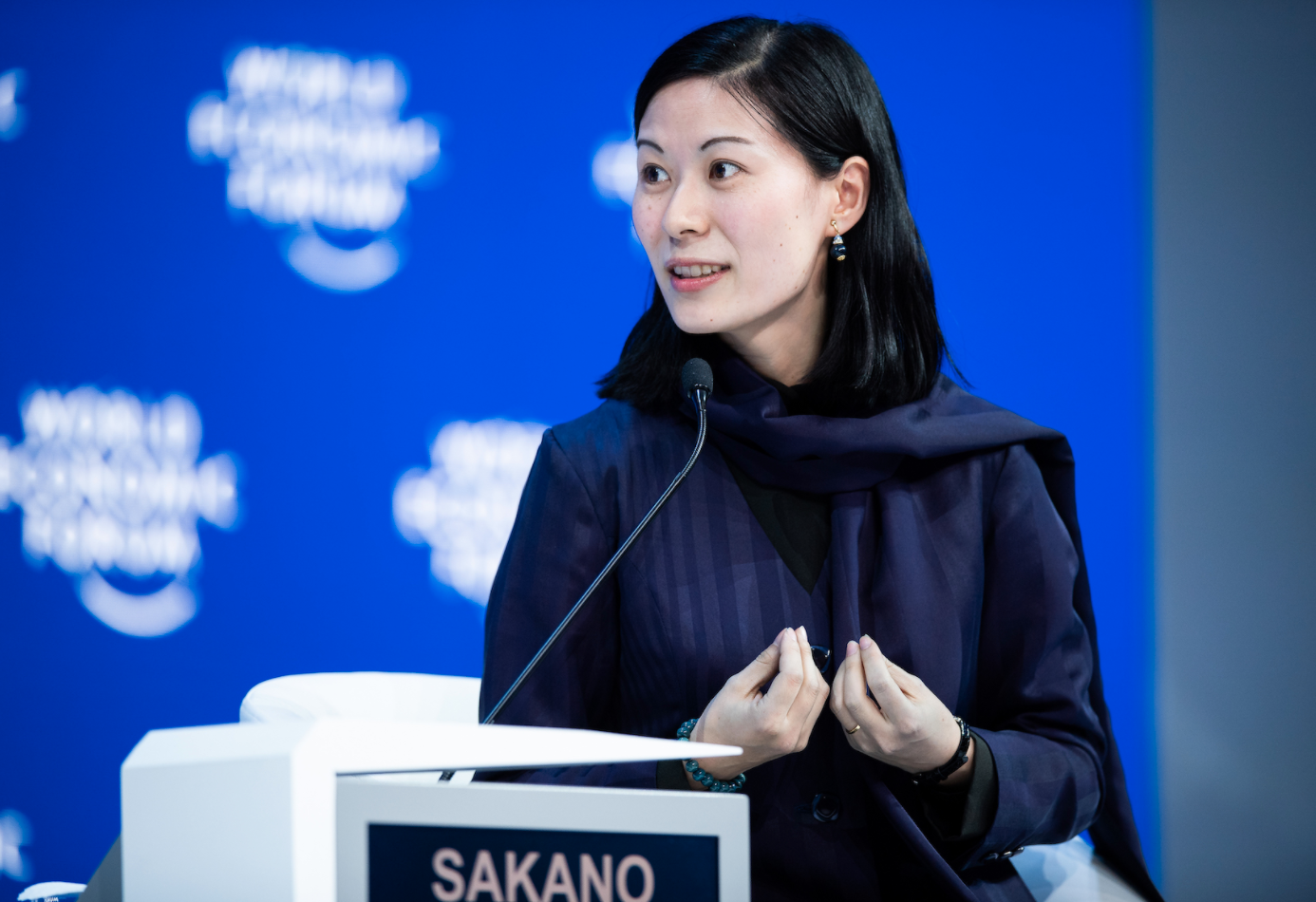

© World Economic Forum / Boris Baldinger
ー
What led you to get involved with the town of Kamikatsu up to April 2020?
Ms. Sakano
In environmental policy, it is important to create laws, regulations, and systems, but putting them into effect can take a very long time, especially in Japan. When a new system is proposed, people tend to ask, “Is there a precedent for this?” So, I thought that a more useful way to accelerate environmental policy change might be to go somewhere where I could create a new system by trial and error, even if only on a limited scale. And I thought it would be good to do this in an area where something concrete was already being done.
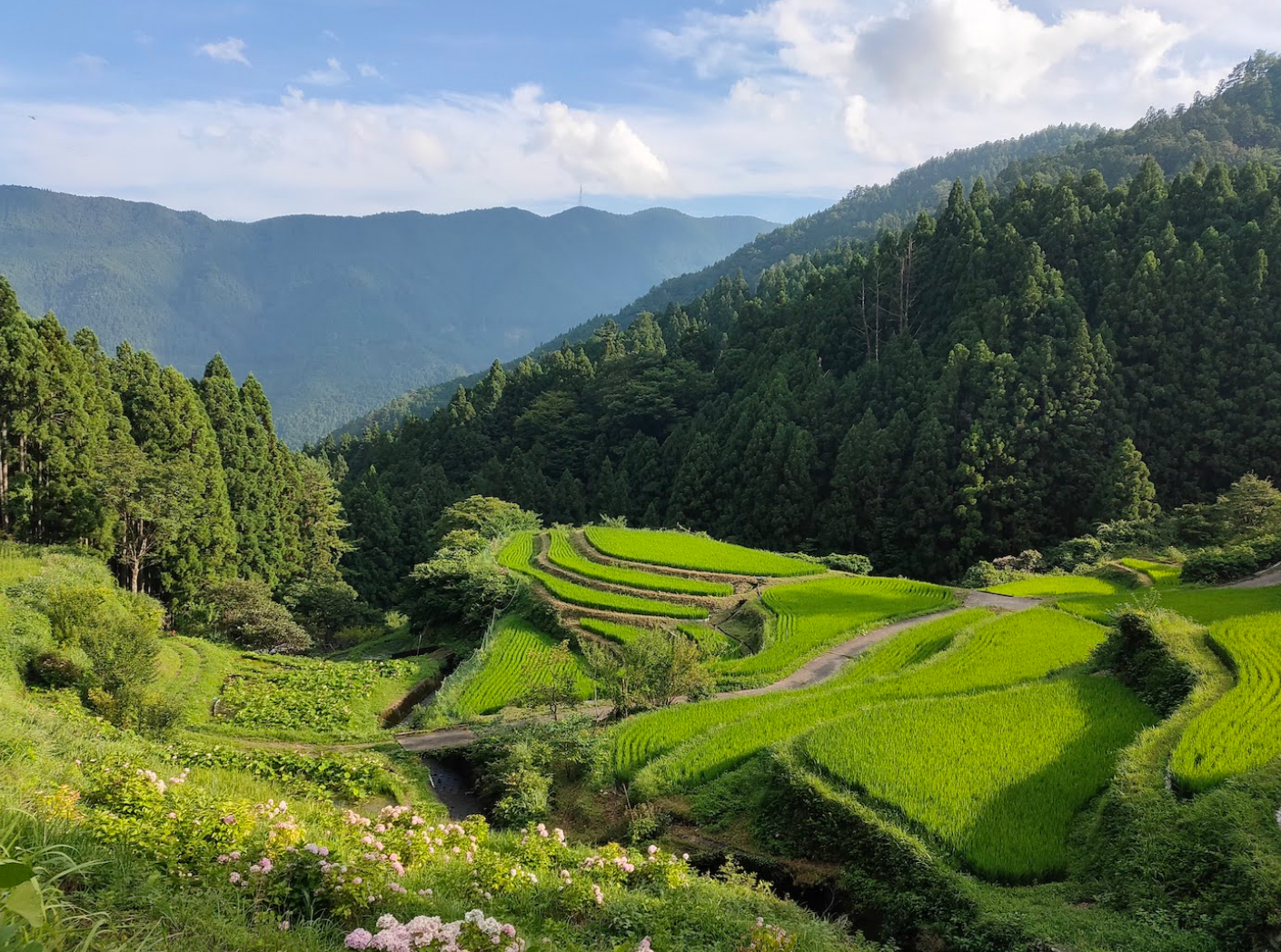

© Kamikatsu-cho
Ms. Sakano
Around that time, a friend of mine from a town called Kamikatsu told me that the local community was working hard to reduce waste. So, I made several visits to the area during my university days. Eventually, I got involved with Zero Waste Academy, an NPO that had been working together with the Kamikatsu municipal government for years to implement a zero waste policy in the local community.
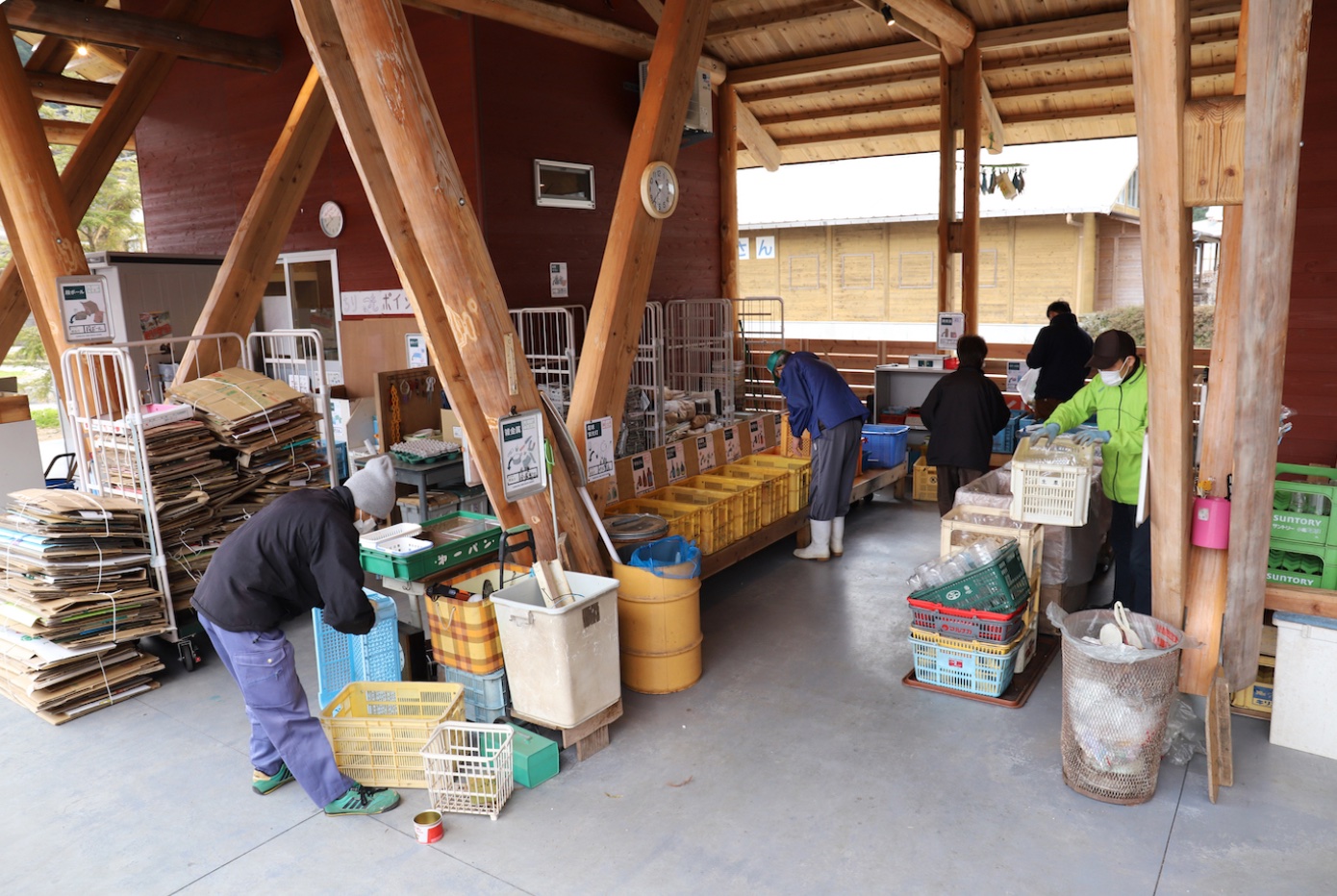



© Kamikatsu-cho
ー
The first Zero Waste Declaration by the town of Kamikatsu was made in 2003 by then mayor Kazuichi Kasamatsu (currently on the board of Zero Waste Academy). Is that right?
Ms. Sakano
Correct. The town had actually been separating waste into 34 categories since 2002. The decision to separate waste in so much detail had to do with the fact that burning off in fields had been banned nationwide. There was a lot of talk about the need to build incinerators and to manage waste more efficiently. Earlier, the town had even built its own small incinerators to eliminate the need for burning off in the fields, but due to some difficulty complying with dioxin regulations they were never ultimately used.
Research has shown that multiple enzymes help each other break down dioxin. Many researchers are trying to find effective ways to make use of microorganisms that possess these enzyme groups.



ー
How much progress has been made in researching enzymes to help solve such waste problems?
Research on enzymes aimed at utilizing the power found in nature is being carried out, but it is too early for practical applications. Letting nature do the work of decomposition is definitely a good thing. It is the ideal solution. However, decomposition in the natural world works according to its own infinitely long timescale, so it can be very slow. In the case of dioxin, we cannot wait for hundreds of years. Nature can never work fast enough to keep up with the impatient economic activities of people who would like dioxin to disappear instantly.



ー
I see. “Time” is the key word.
Considering how much time is required, wouldn’t it be better to change our human activities. Instead of incinerating our waste, we could leave the job to nature, but only if we cut back on economic activities and produce less waste in the first place. Even when we put out our garbage, it should be the minimum amount necessary. This is the best approach to living in harmony with nature, I think.



ー
In the case of Kamikatsu, you tried separating all waste to avoid incineration?
Ms. Sakano
After discussions, we decided that instead of investing money in incineration, it would make more financial sense to find a company to recycle the waste and to build a system to circulate the waste. We also thought that this approach was essential for the future of society. That was how we started the waste separation.
So you went straight to the root of the problem.



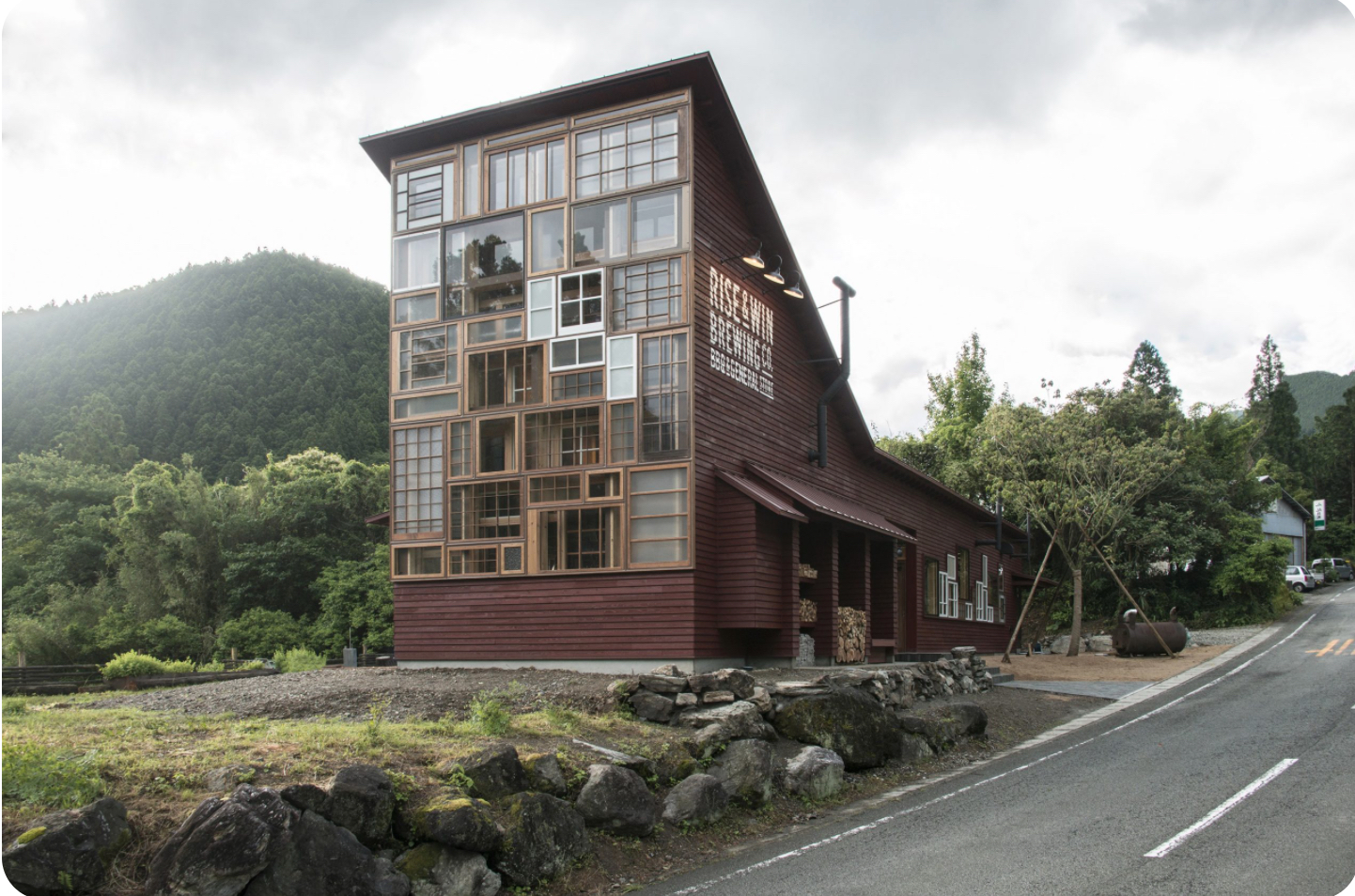



© RISE & WIN Brewing Co.
ー
After finishing your work in Kamikatsu, you launched an organization called Zero Waste Japan. Where exactly are you sowing the seeds of environmental policy now?
Ms. Sakano
We have relationships with several communities throughout Japan. Some with local governments, some with citizen groups, and in some cases with both sides. When I get a chance to get out in the field, I tend to do surveys of local waste management. The community I’m directly involved in is engaged in planning right now, but I will be taking part in projects starting this year.
Sometimes we work on formulating corporate strategies and on training people for that. Programs for companies can be easily offered online these days.
ー
I want to ask you again about the term “zero waste.” I understand that the key words for achieving zero waste are known as the “4 Ls.”
Ms. Sakano
The “4Ls” stand for local (community-driven), low impact (reducing environmental impacts), low technology (not relying on the latest technology), and low cost. It was Robin Murray, a British economist, who first put forward the idea of zero waste in the context of economic policy.
Kamikatsu is a perfect model for this. With community participation, the town was able to separate, collect, and efficiently recycle waste on a manageable scale, without needing to make a large capital investment. This is an example of how the concept is able to achieve good results.
The idea was significant because it came from an economist, but the impressive thing for me was that compared to the conventional approach to waste management, which is “let’s invest in large-scale incinerators,” the “4Ls” concept was more like, “if we do what we can, precisely and on a small, manageable scale, the results can be surprisingly inexpensive and highly effective.”
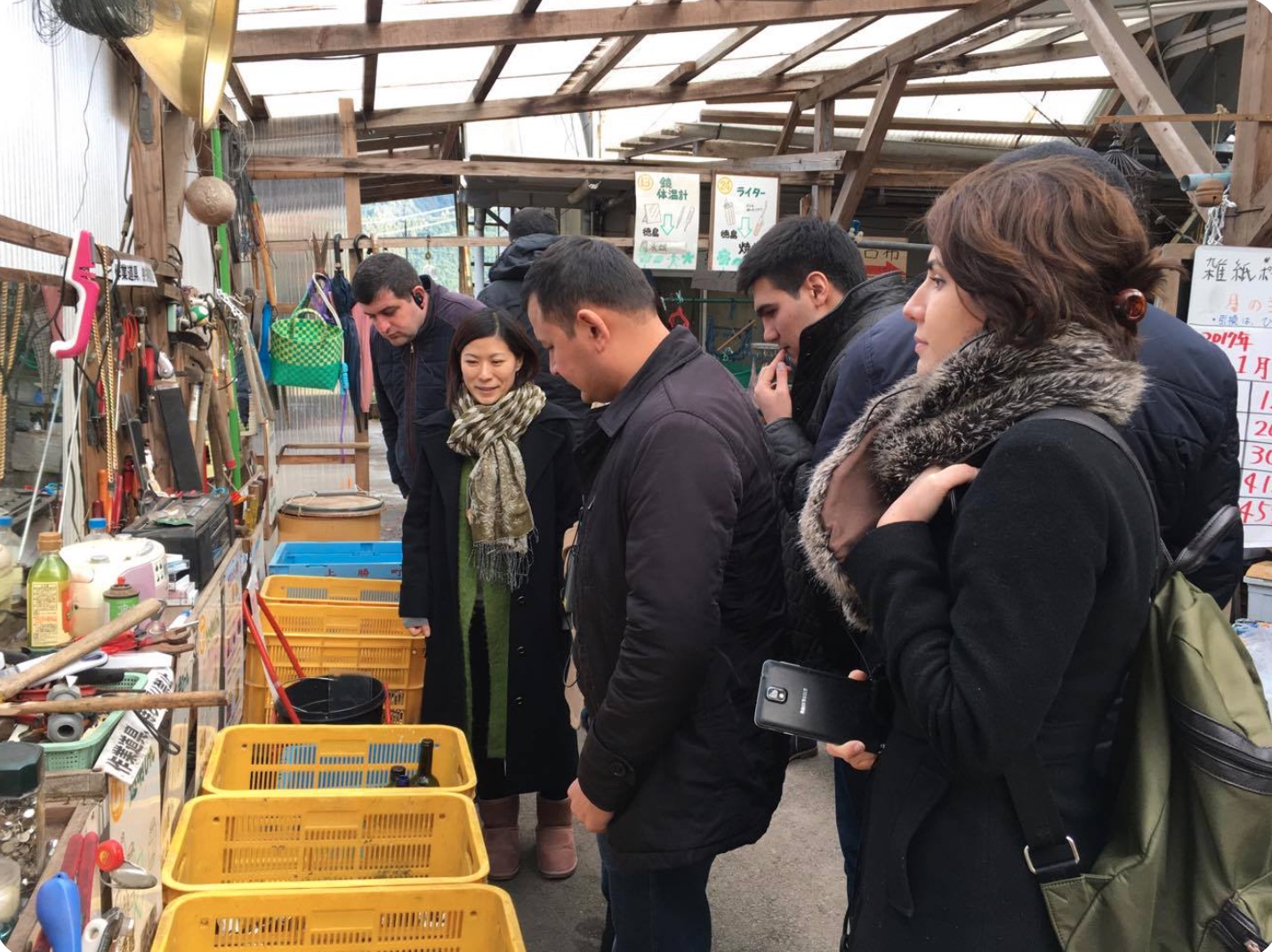

The researchers at Amano Enzyme agree that low-tech is vitally important. If technology has been used for a long time, it tends to be reliable. And there are sure to be plenty of people around with the know-how to work with it. Growing crops for human food, for example, is low-tech in this sense. It’s an approach that makes the best use of nature. Still, even such old methods are constantly evolving, so it’s not true to say that there is no innovation in low-tech. In the case of enzymes, we need to figure out how a low-tech approach can be used to create the latest enzymes.



ー
I understand that you provide information overseas too and that in 2019 you co-chaired an international conference.
Ms. Sakano
Every January, the World Economic Forum holds its annual meeting, commonly known as the Davos forum. The co-chairs for each year’s meeting are selected to reflect the theme of the year’s forum and the message the WEF wants to convey. For example, in 2018 all the co-chairs were women. This seems to have been in response to the #MeToo movement, which came to global attention in the second half of 2017. The forum featured leading female executives, such as European Central Bank president Christine Lagarde, as well as female researchers.


© World Economic Forum / Boris Baldinger
Ms. Sakano
Because youth will be so vital for the future of the world, for the six co-chairs in my year they decided to select “Global Shapers below the age of 30,” choosing from the World Economic Forum’s “Global Shapers” community (one of the WEF’s three communities). I had been a member of the Global Shapers since 2012. I was probably invited to be a co-chair because I could touch on important topics such as sustainability, waste reduction, and resource recycling.
Why is youth so vital for the future?



ー
It’s hard to appreciate it when you are in Japan, but over half of the world’s population is under the age of 27. How will the young people of today think and how will they act as they get older? The eyes of the world are on its young people, as they begin to acquire buying power, power as consumers, and power as voters in elections.


© World Economic Forum / Boris Baldinger
ー
What were the other five co-chairs like?
Ms. Sakano
Some were involved in education and others had been refugees. A good number of them were working on sustainability issues. It was around this time that the Davos forum began to focus on sustainability as one of its strongest themes.
Ms. Sakano
In its Global Risks Report, the WEF presents a list of the major risks the world is likely to face in the near future. In the report released in early 2020, environmental risks were among the top five risks. (See: https://www.weforum.org/reports/the-global-risks-report-2020)
ー
What kind of risks are they exactly?
Ms. Sakano
Climate action failure, extreme weather, biodiversity loss, natural disasters, and finally human-made environmental disasters. Ultimately, all of these problems are human-made, but some are more directly impacted by human activities than others.
Of these issues, is there one in particular that you would like to try and solve next? For example, which one do you worry about the most?



Ms. Sakano
It is probably easier to talk about environmental challenges by dividing them into separate issues, but the truth is that waste and resource depletion are all closely connected to climate change. I’ve been talking about this connection a lot recently.
Personally, I am a bird lover, so I tend to approach environmental issues from the perspective of biodiversity conservation. So, lately, I’ve been thinking that it would be nice if I could one day connect my work to the theme of ecology.


Have there been any discussions on the use of enzymes and biotechnology at leading international conferences, like the Davos forum?



Ms. Sakano
The so-called “bio” theme is getting a lot of attention. The Davos forum has provided many ways to distribute news and information about new technologies and new initiatives that the WEF wants people to know about. In the central area of the main hall at the Davos Forum in early 2020, there was an exhibition consisting exclusively of products derived from nature. The quality of the exhibits varied, but as an example, I noted some initiatives to create products using seaweed and new materials.
Enzymes are active in every aspect of our world, and we are seeking new possibilities for them.
In this corner, we visit people who are currently active in various fields with "Enzo" and ask them about their stories.

